
- This trail traces the alignment of a historical timber tramway which connected the “No. 3 Mill” to the mainline at Jarrahdale, located approximately 12km away.
- The trail traverses bushland and some farmland, passing a log loading ramp and several shield trees each carved with a number used by foresters in the 1920s as a grid reference system.
- At its western end, the Balmoral Rail Trail connects with the Mundlimup Timber Trail. At its eastern end, the Balmoral Rail Trail connects with the Prisoner of War Camp Trail and Bibbulmun Track. Parts of the Balmoral Rail Trail host the long-distance Munda Biddi Cycle Trail which connects Perth with Albany.
Nearby Attractions
- TFinishes at the POW Camp. Signage describes its operation and explains the ruins that remain. A walk option is from the POW Camp to Sullivan Rock carpark, linking up with the Bibbulmum Track, an extension of 9km
- From the POW Camp, the trail passes through stands of Kingia australis grass trees before rejoining the timber tramway to Millar’s Log Road. Note the sleepers on the old tramway
- The adjacent area was the site of Jarrahdale’s number 3 timber mill, called the ‘39 Mill’ because it was on the banks of 39 Mile Brook
Last updated: 8 August 2024
- At one point the rail formation crosses a private farm. Stiles have been provided to allow access across the farm but cyclists are advised to follow the Munda Biddi Trail, which takes a slightly steeper route to avoid the private property
- Signage is lacking in a couple of places so a copy of the Munda Biddi Trail Map (Map 1) is recommended

Approximately half way along the trail
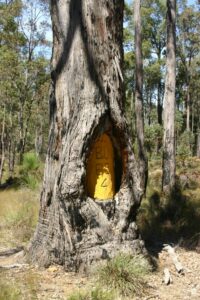
A shield tree
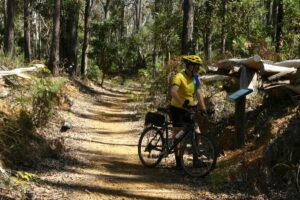
This cutting was once used for loading logs onto the railway. Railway sleepers still remain in the ground here.

A closer view of the railway sleepers still in the ground
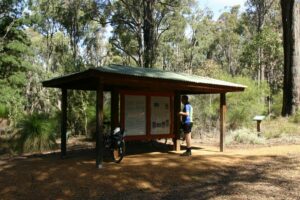
Sign and shelter at the POW Camp
Do you know of a bike hire or transportation service on this rail trail that should appear here? If so, let us know at admin@railtrails.org.au.
Information and Links
The trail is managed by the Shire of Serpentine Jarrahdale. To report any issues or problems please contact the Shire of Serpentine Jarrahdale:
- Address: 6 Paterson Street Mundijong WA 6123.
- Phone: 9526 1111
- Email:
in**@sj*****.au
For further information go to:
Contact Rail Trails Australia
To contact us about this rail trail, email wa@railtrails.org.au
Background Information
We acknowledge the Whadjuk people, the traditional custodians of the land and waterways on which the rail trail is built.
Nearby Trails
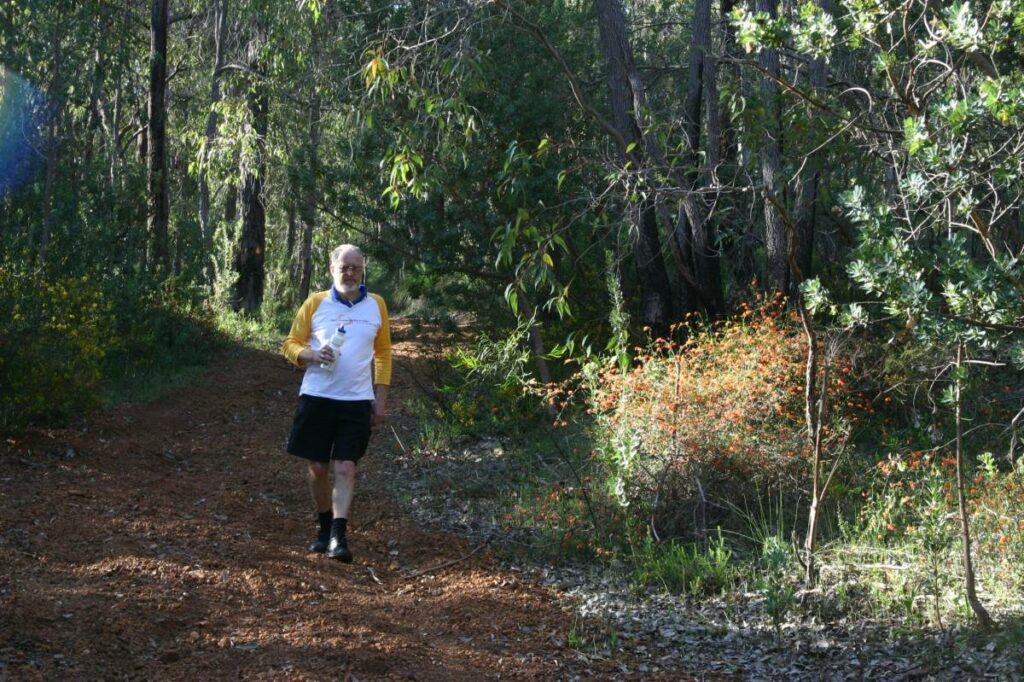
Jarrahdale 1872 Timber Tramway
50km south east of Perth
10 km



30 km






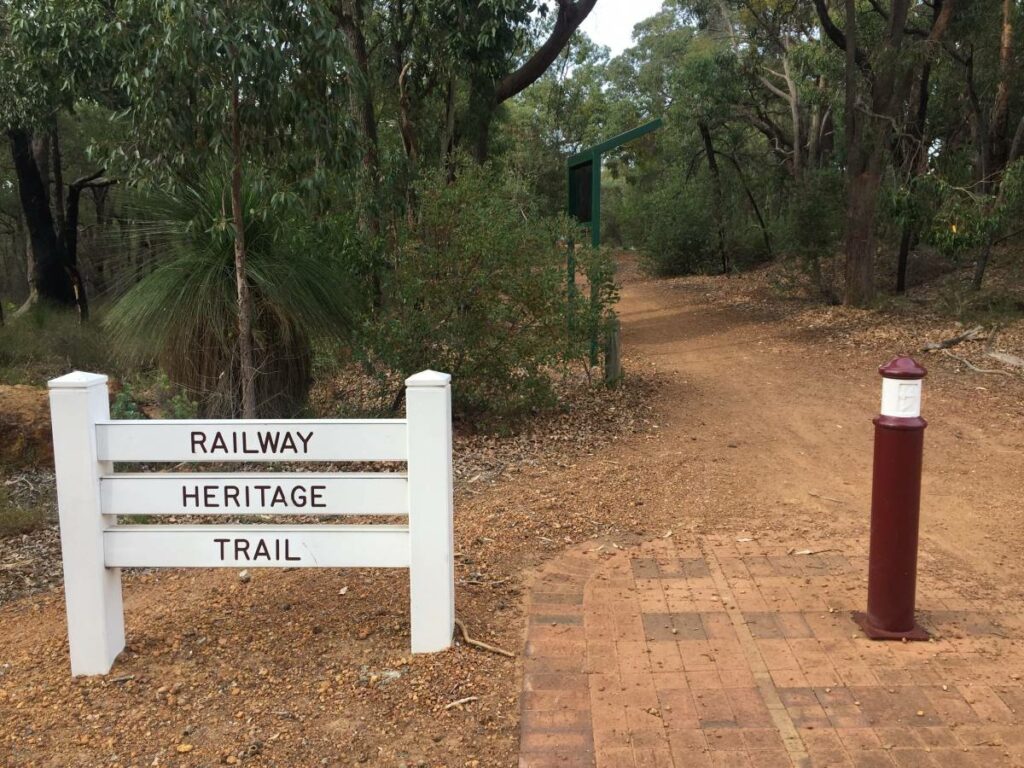
Kalamunda Railway Heritage Trail
25km south east of Perth
16 km



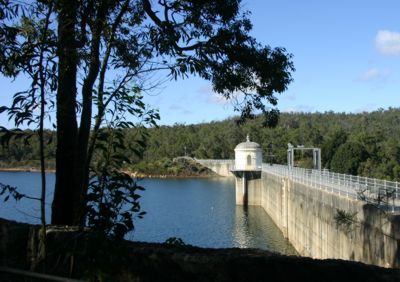
Mundaring Weir Rail Trail
39 km east of Perth
7 km



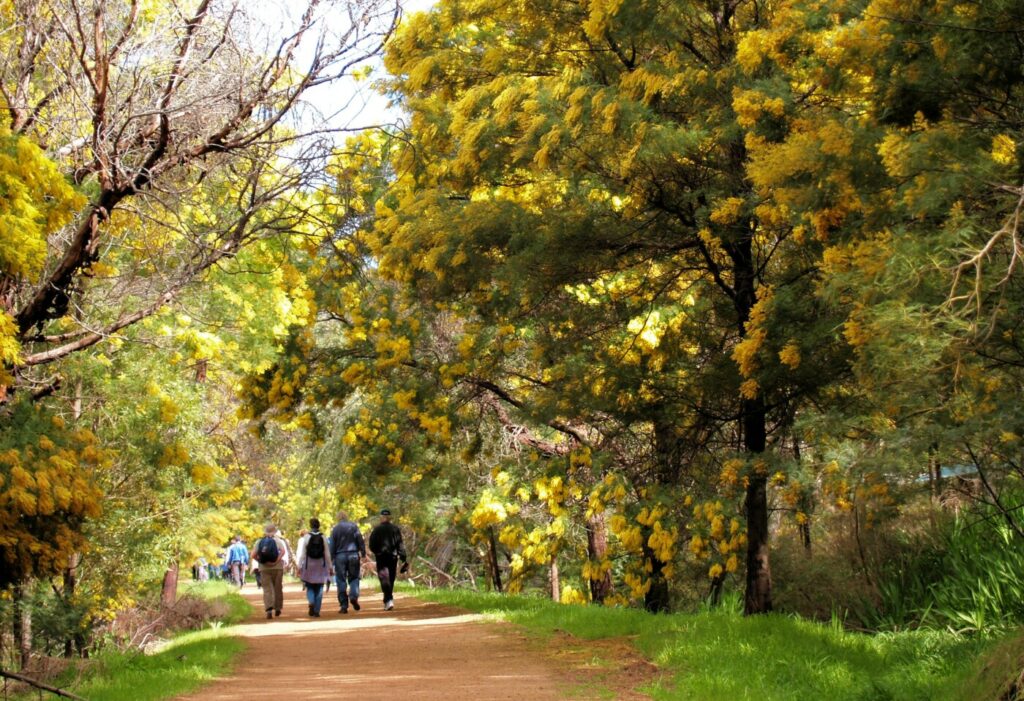
Railway Reserves Heritage Trail
19km East of Perth
59 km




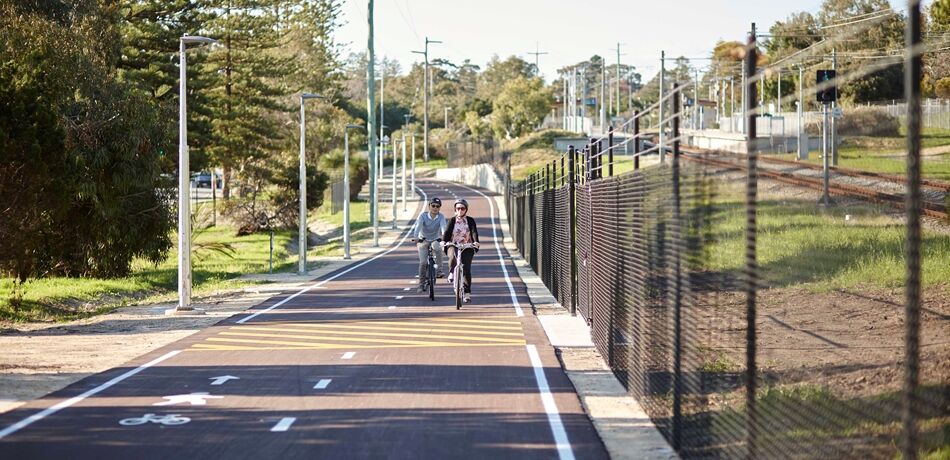
20 km






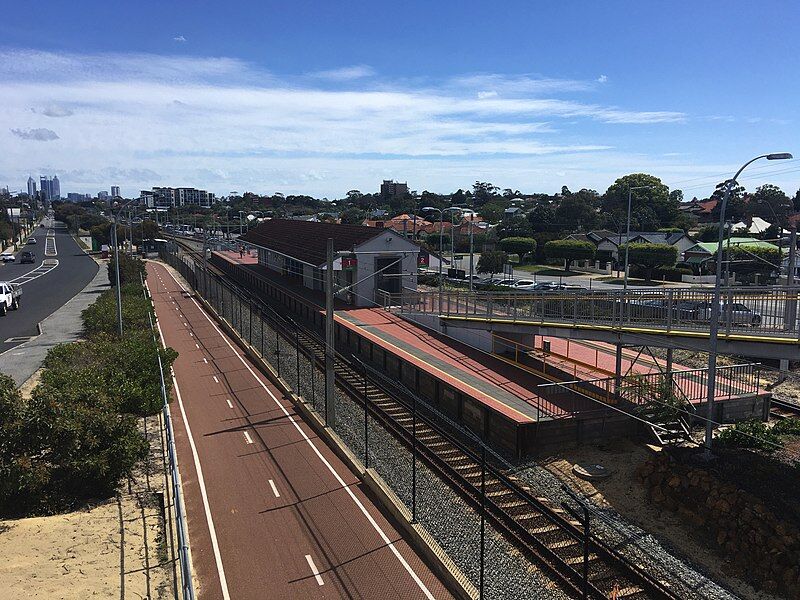
17 km







Tullis Bridge Walk Trail
135 km south east of Perth
9 km

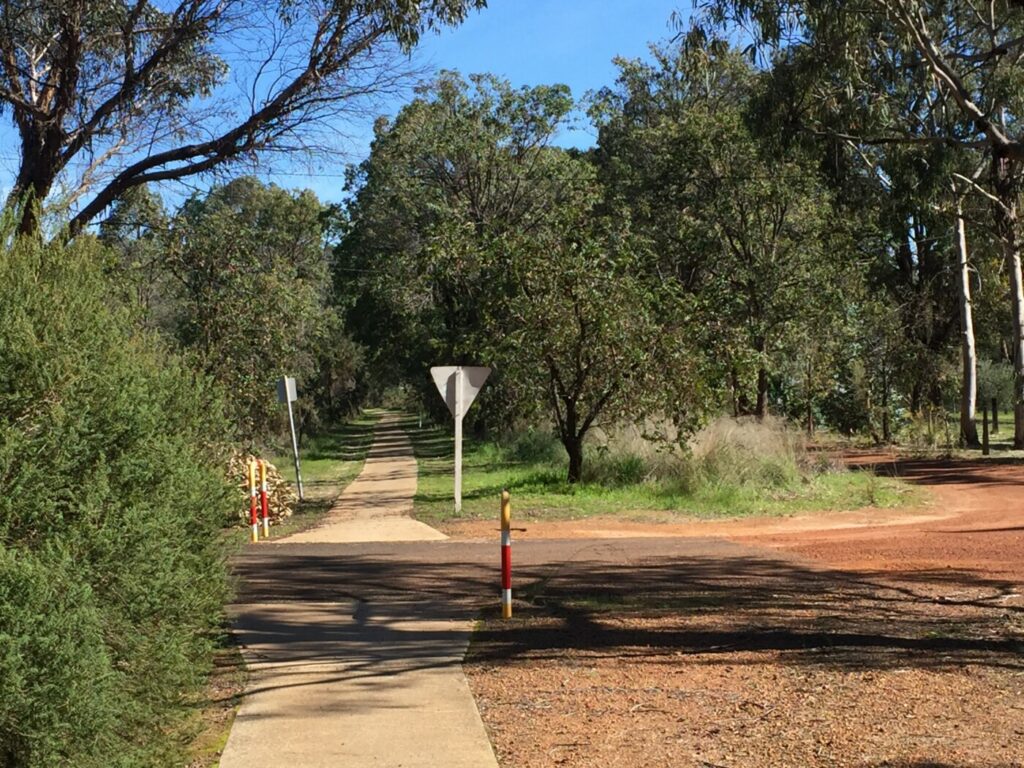
Ranford Pool Walk Trail
135 km south east of Perth
2 km






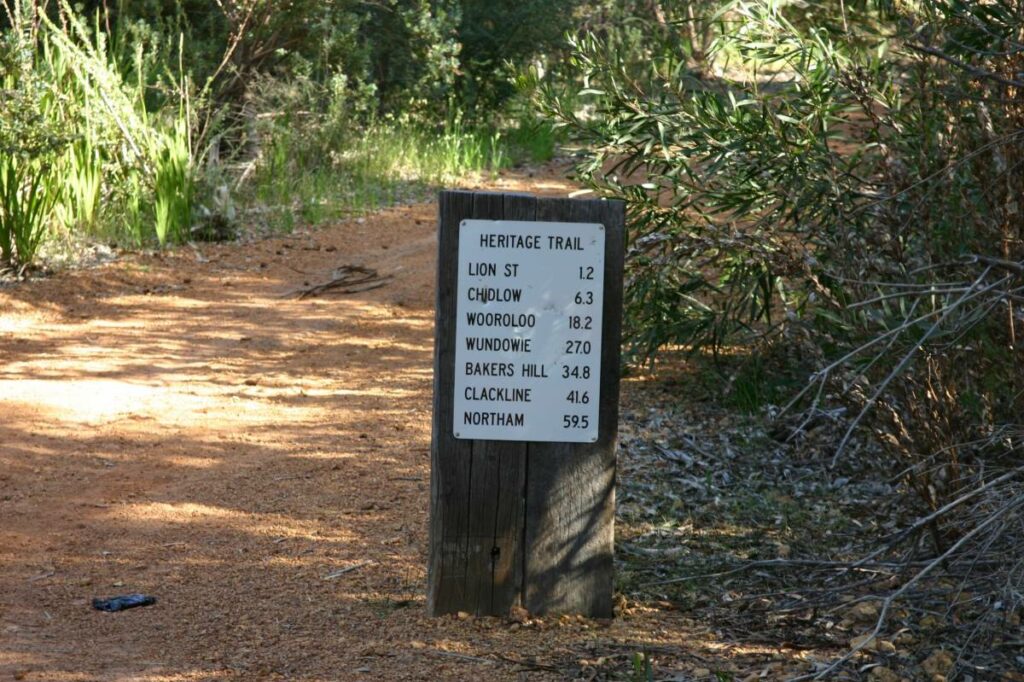
Kep Track
39km east of Perth
75 km




Narrogin – Williams Rail Trail
Wheatbelt area, approximately 190km South East of Perth
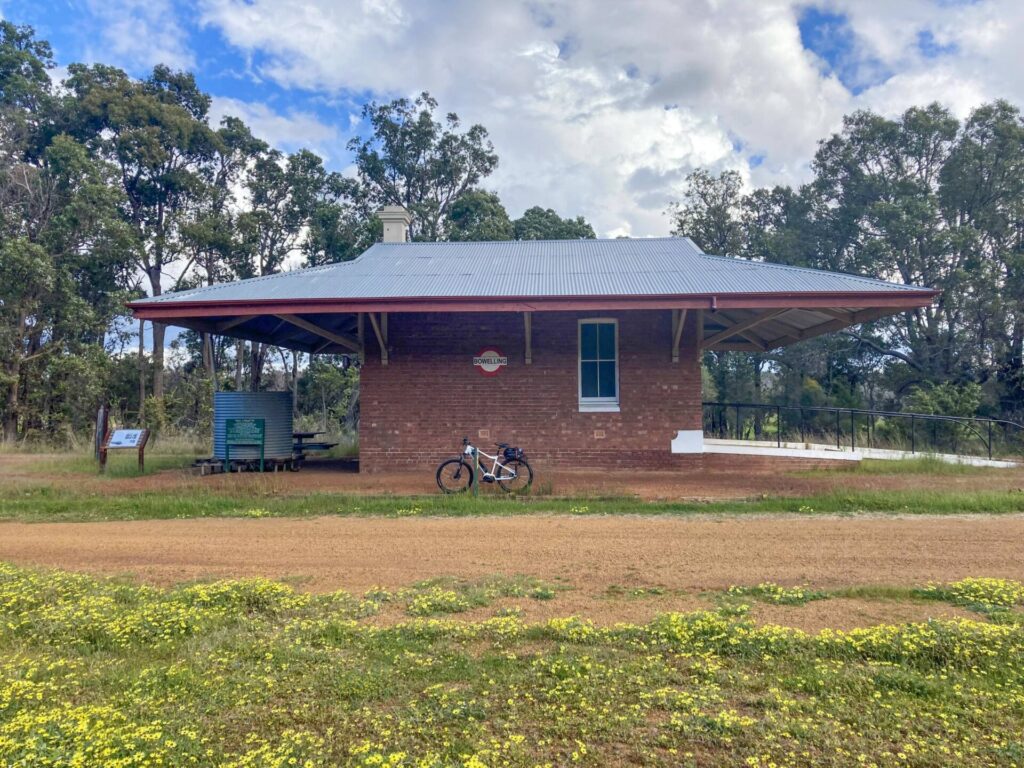
Collie – Darkan Rail Trail
219km south of Perth/ 75km from Bunbury
63 km





 Leaders in Rail Trail Bicycle and E-Bike Hire in the Yarra Valley and Yarra Ranges. Customise your own riding adventure and help us support local businesses along the way. Family run and owned with extensive local knowledge, bike hire has never been so easy.
Leaders in Rail Trail Bicycle and E-Bike Hire in the Yarra Valley and Yarra Ranges. Customise your own riding adventure and help us support local businesses along the way. Family run and owned with extensive local knowledge, bike hire has never been so easy.